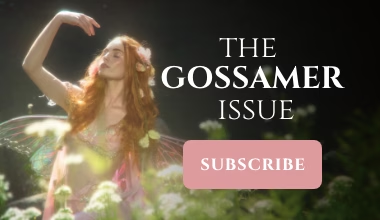Feature Image:
The White Stag by Annie Stegg @anniestegg
You’re walking through the woods one day, just as twilight stars begin to shimmer through the leaves.
Everything seems quiet, still. Ahead, you hear the soft snap of a twig against a delicate hoof and look up into the gentle eyes of a doe. She is alone, as you are, but her stance betrays no fear. She gifts you with a steady, knowing gaze, then suddenly bounds away into the trees, vanishing as if she had never been there at all.
There’s something deeply magical about an unexpected encounter with a deer—they’re so much bigger than most of the other animals we tend to encounter on a regular basis, and yet they’re also elegant, careful, solemn, and graceful in their movements. It’s no wonder that these enchanting creatures appear so frequently in fairy tales, particularly stories of transformation.
In “Brother and Sister,” a fairy tale told by Giambattista Basile, Alexander Afanasyev, and Jacob and Wilhelm Grimm, among others, a young girl pleads with her thirsty brother not to drink from the enchanted springs they pass. The first spring murmurs that those who drink from it will transform into tigers and lions; the second promises that those who drink will become wolves. By the time they encounter a third spring, the brother cannot bear his thirst any longer. He drinks from the spring—and transforms into a deer. This fairy tale is a wild ride, involving a vengeful witch, a royal marriage, a ghost princess, a magical doppelganger, and an eventual restoration of human form to both the brother and sister (who is murdered and becomes a watchful spirit until her husband catches on). Read it, and you’ll find that the boy’s transformation offers many possible interpretations. Is it a punishment for his failure to listen to his sister, meted out by the evil witch that dogs their steps? Or is it a reprieve from responsibility or adulthood? His altered status could be a burden for his sister and freedom for himself. Or does it represent the children’s connection to the wood that becomes their home and sanctuary?
We find another brother transformed into a deer in “The Glass Coffin,” a story popularized by Jacob and Wilhelm Grimm and, later, Andrew Lang. Here, a tailor lost in the woods witnesses an epic fight between a great stag and a wild boar. After the stag wins, he scoops up the tailor with his antlers and brings him to a stone building that contains a glass coffin, inside of which lies a beautiful, very awake girl. The girl asks the tailor to please open the coffin and then reveals that the stag is actually her brother and the boar the wicked magician that enchanted them both. When the tailor and the girl emerge from the building, they find that the stag has been disenchanted, and they live happily ever after. Here the stag represents both power and dispossession. Once more, the form isn’t chosen freely, but the brother is able to defeat the magician and recruit help while in that shape.
We see many young girls, even princesses, transformed into deer as well. In Madame d’Aulnoy’s French story “The White Doe,” a princess is under a curse that forbids her from being touched by light for the first fifteen years of her life. When someone inevitably cuts open the coach that hides her away, she immediately transforms into a white deer and runs off. Her betrothed does not recognize her in her new form but becomes obsessed with chasing the new white deer in the forest. When he wounds her, he regrets his actions and brings her home, only to discover that she is his love—and she can transform back into her human self at night. He declares his love for her, the curse is broken, and they live happily ever after. Here, the transformation represents a barrier between the princess, her prince, and true love, one they must overcome together.
We see another beautiful girl transformed into a deer in the Scottish tale “The Enchanted Deer,” which Andrew Lang included in his Lilac Fairy Book. In this story, a young man agrees to shoot a deer that has been eating the corn belonging to a poor farmer and his wife. Every time he goes to shoot, the deer appears before him as a woman with long, dark hair. Eventually he gives chase, and the deer leads him to the home of a band of robbers. When they find and kill the hunter, she is able to bring him back to life. The leader of the robbers is so mad that when they find the hunter alive again, he orders his men to slay not only the hunter but also the men who were originally ordered to kill him … This continues until all the robbers are furious with each other, they get into an enormous fight, and all of them wind up dead. The hunter then comes back to life a final time through the help of the deer, and she takes him to the home of an old woman. Her curse is then broken, but the hunter falls into a magical sleep every time she tries to come to him in her human form, and she is forced to leave him after her third try. A great deal happens after the hunter and the deer-woman are separated, but the curse is eventually broken, they find each other again, and this story too ends happily. In a fascinating twist, the hunter must go on a long quest to recover his beloved, a plot usually reserved for women in Search for the Lost Husband tales.
Most of us long, on some level at least, to run free through the forest, to sip cool water from flowing streams, and to slip through the trees as silently as a shadow. Deer contain contradictions and possibilities. They’re prey animals, but they’re also strong and fast, delicate yet still powerful. Stories of deer transformation, even when they’re stories of curses, allow us to indulge a fantasy of fluid forms; we imagine that we’ve suddenly sprouted antlers and long legs for springing through the forest.
Many of these tales mention specifically that once the human characters transform, they cannot overcome their new urges to run with other wild creatures, to become part of the natural world in a way they never could have done before. In that spirit, we encourage you to go explore the woods yourself, perhaps even run a bit… you never know what you might become.



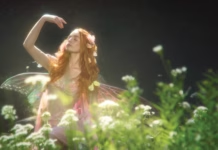

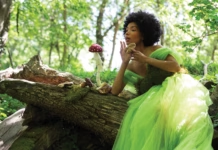


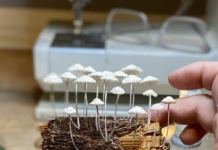
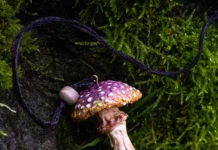



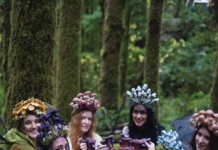

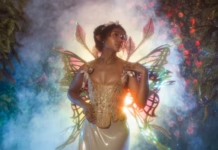
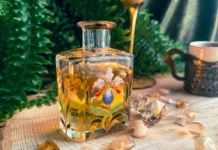
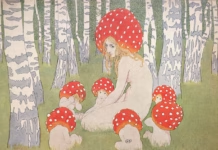
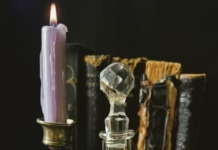


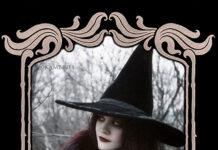

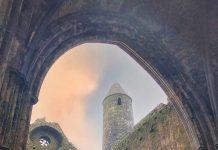

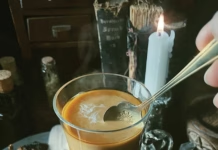
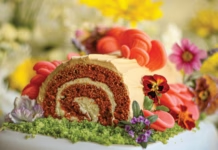
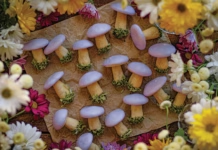
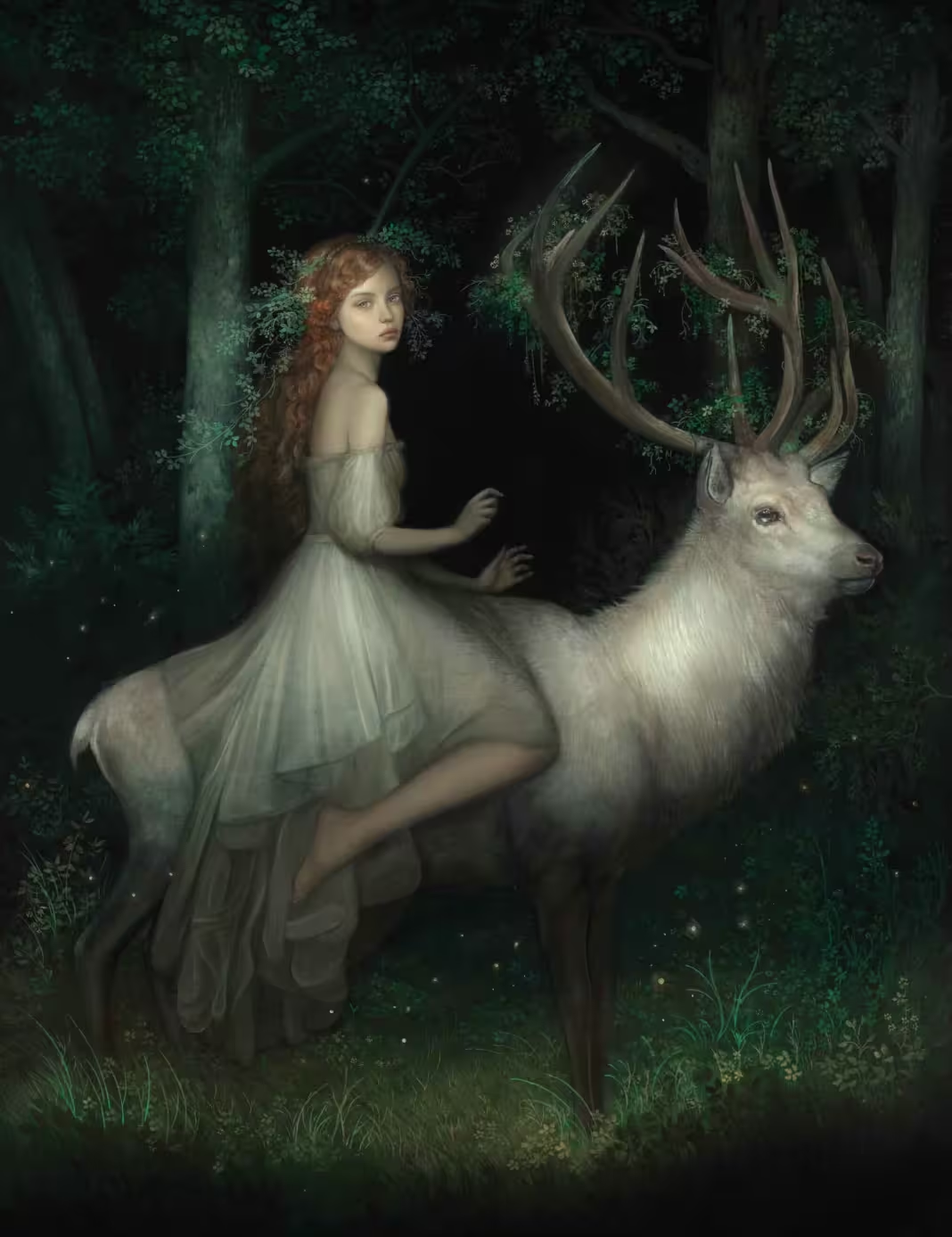
 Enchanted Living is a quarterly print magazine that celebrates all things enchanted.
Enchanted Living is a quarterly print magazine that celebrates all things enchanted. 